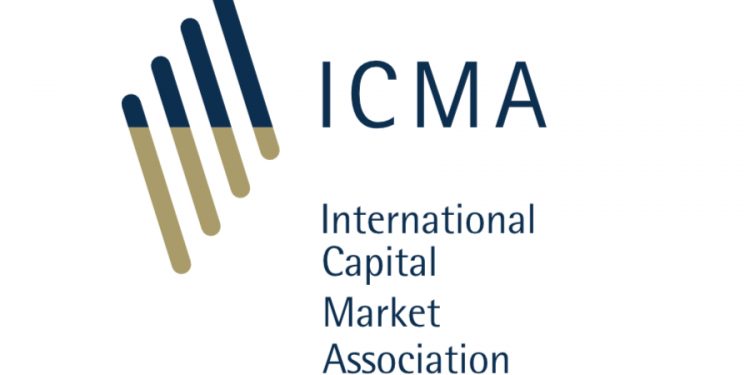Transition Finance in Bond Market
The International Capital Market Association (ICMA) releases a report on transition finance in bond market, which aims to analyze the development of transition finance in the global bond market.
ICMA believes transition finance is integral to the global transition to net zero and sustainability, and stakeholders are calling for increased market-led transition financing. The global financial market, especially the bond market, has become an important place for companies to obtain transition funds, and it is also facing more greenwashing controversies.
Related Post: Transition Plan Taskforce Releases Final Disclosure Guidance
Definition of Transition Finance
At present, the world has not yet reached an agreed definition of transition finance, nor has a set of shared technical standards been formed. ICMA believes that there are currently three different definitions of transition finance, namely economic transition, climate transition and carbon emissions transition. Economic transition refers to the transition of the entire economy to achieve net zero emissions targets. Climate transition refers to the transition of high-emitting industries with a focus on achieving net zero targets. The carbon emission transition refers to a transition aimed at reducing emissions from the fossil fuel industry and choosing sustainable alternatives.
From the above analysis, economic transition includes climate transition, and climate transition includes carbon emission transition. Transition finance documents issued in different jurisdictions usually focus on one of them.

In the previously released Climate Transition Finance Handbook (CTFH), ICMA defines the goal of transition finance as achieving the temperature goals of the Paris Agreement and supporting issuers in financing greenhouse gas emission reduction strategies. CTFH believes that greenhouse gas emission reduction is related to the issuer’s industry and region, and therefore has different transition goals and transition paths. After the release of CTFH, the Climate Bond Initiative (CBI) and the Organization for Economic Co-operation and Development (OECD) both issued a series of transition finance guides to provide guidance to issuers.
Transition Finance in Bond Market
CTFH believes that transition finance can use green bonds, sustainable bonds, and sustainability-linked bonds as financial instruments to provide financing for transition projects. Although transition projects can also be financed through conventional bonds, sustainable bond markets have become an important place of transition finance. At present, the total amount of outstanding sustainable bonds in the world has reached 4 trillion USD.
In the global green bond market, 90% of issuances are related to climate transition financing. In the sustainability-linked bond market, 63% of key performance indicators (KPIs) are related to transition. The biggest challenge in transition finance currently lies in carbon reduction in the fossil fuel industry, where issuers raise smaller amounts in the market (about 3%).
The development of transition finance in bond market are closely linked to the guidelines set by regulators. For example, the taxonomy is an important reference for financial market participants to judge whether economic activities are sustainable. 40 jurisdictions around the world have formulated or are in the process of formulating taxonomies. Most current taxonomies focus on the scope of green finance and include transition finance. Singapore has developed the world’s first transition taxonomy to provide a reference for market participants.
In addition to taxonomies, some jurisdictions are developing decarbonization roadmaps to help sectors that struggle to access transition funds. Sustainability disclosures for transition projects are also constantly improving, such as the climate standard IFRS S2 issued by the International Sustainability Standards Board (ISSB) and the European Sustainability Reporting Standards by EU. In the future, these disclosure requirements may gradually change from voluntary adoption to mandatory adoption so that market participants can obtain more accurate information.
Reference:








